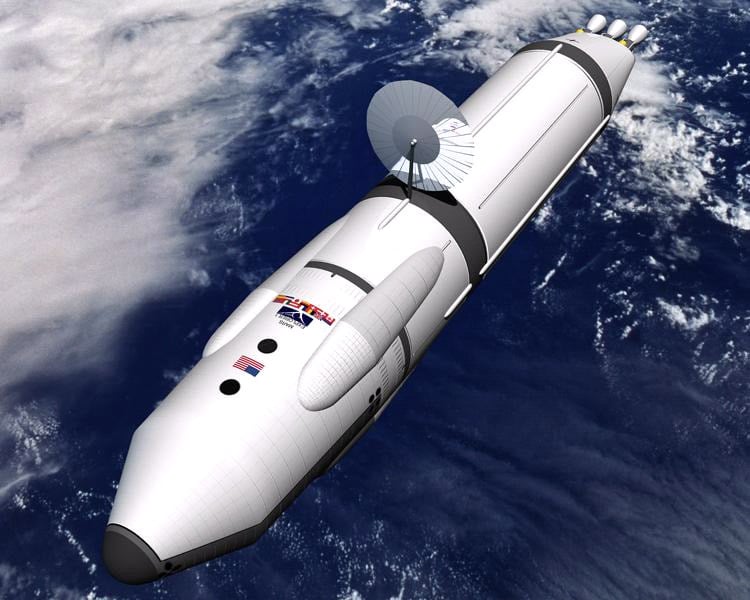Shearing Storms on Saturn
Astrophoto: Comet Schwassmann-Wachmann by Andrea Tamanti
Shifting Northern Hazes on Titan
Astronomers Look Inside a Neutron Star
Merging Galaxies Surrounded by Newborn Stars
How Do Fossil Galaxy Clusters Form so Quickly?
Pheonix Mars Lander is Coming Together
Nanedi Valles on Mars
Starburst Galaxy M82 by Hubble
Astrophoto: The Ring Nebula by Stefan Heutz
What's Up This Week - April 24 - April 30, 2006
Cloud of Debris Around Beta Pictoris
The Birth of the Biggest Stars
A History of the Universe Written in Gamma Rays
Astro Apocalypse Won't Happen Here
Tumbling Neutron Star
Sites to Look for Life on Mars
A Crescent Saturn
Storms Never End on Saturn
The Hunt for Gravity Waves
Twin Open Clusters by Hubble
What's Up This Week - April 18 - April 23, 2006
Astrophoto: Zodiacal Light by Tony and Daphne Hallas
Building an Antimatter Spaceship

 Universe Today
Universe Today